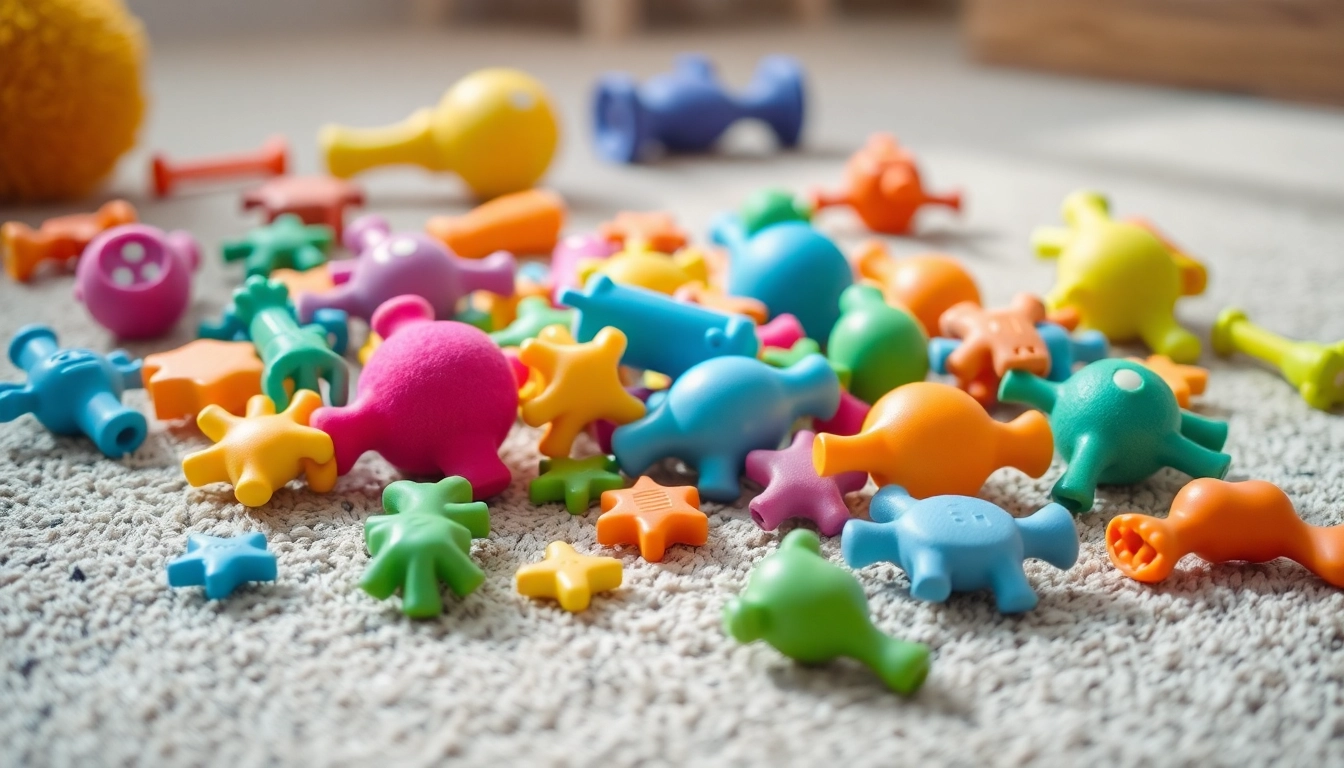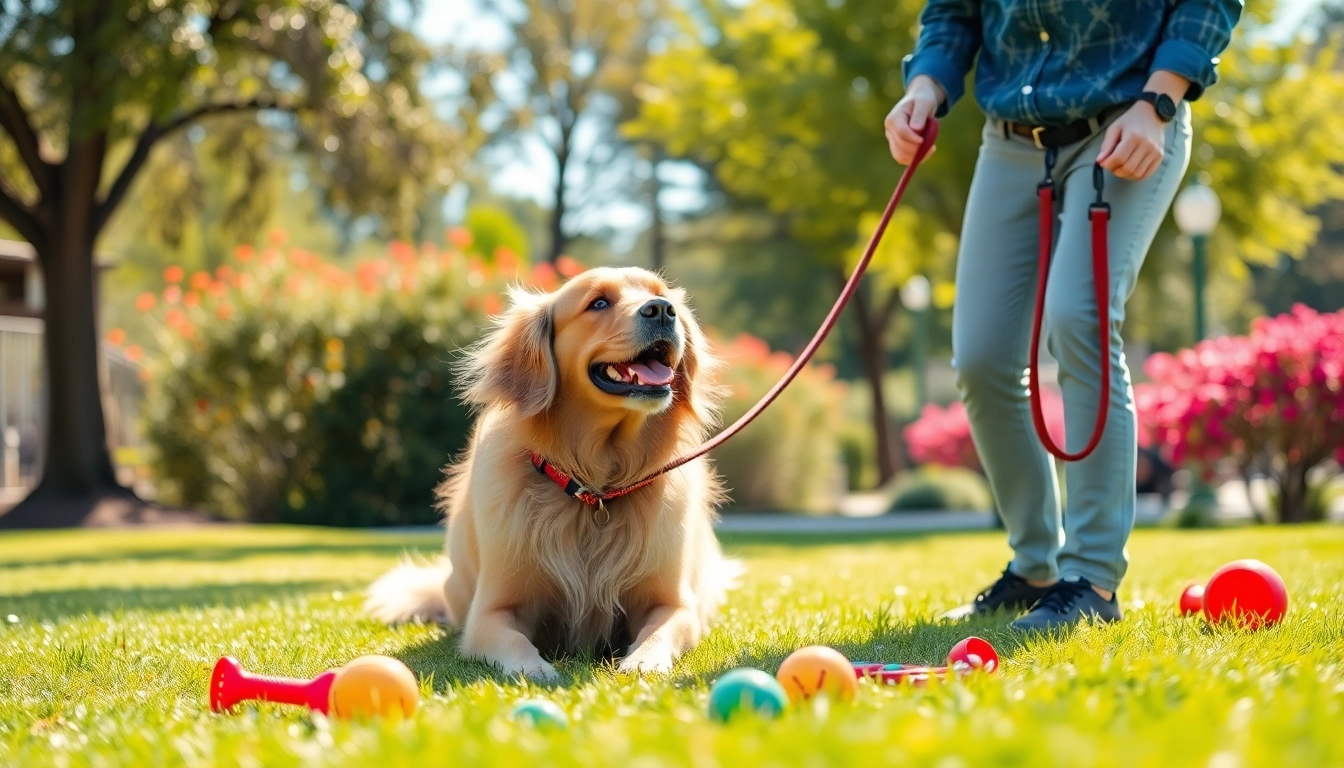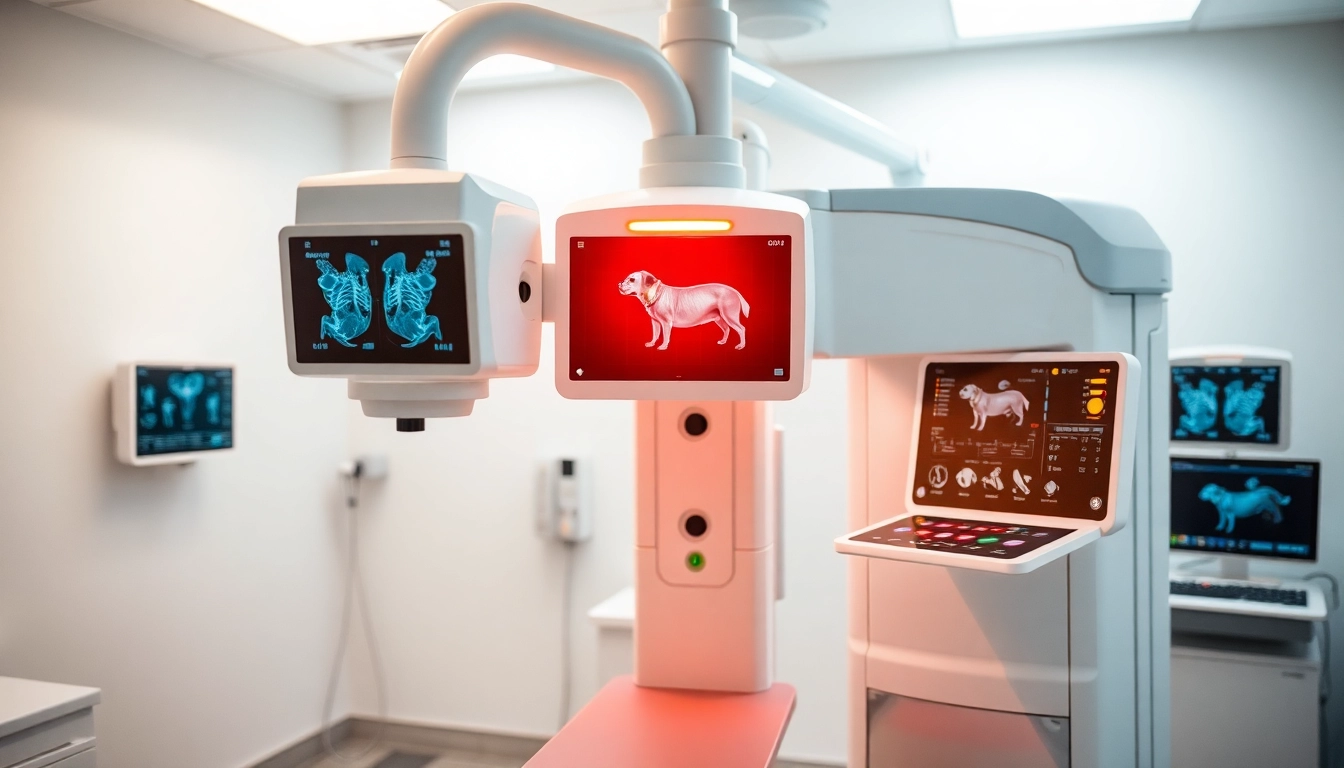Understanding the Importance of Pet Toys
Pet toys play a crucial role in the lives of our furry friends, serving not just as a source of entertainment but also as a means to promote physical health and mental stimulation. In a world filled with distractions, pet toys help engage pets in activities that develop their skills and strengthen the bond they share with their owners. From interactive puzzle toys that challenge their mind to plush toys that provide comfort, the right pet toys can significantly enhance their quality of life.
Benefits of Play for Pets
Engaging play is essential for pets, offering numerous physical and mental health benefits. Playtime helps maintain a healthy weight, reduces the risk of behavioral issues, and promotes good mental health. Exercise is a vital aspect of keeping your pet fit; regular playtime can stave off obesity, which often leads to chronic conditions like diabetes or joint issues in pets. Furthermore, interactive play fosters natural instincts such as hunting and fetching, allowing pets to exhibit their essential behaviors in a safe environment.
Types of Pet Toys Available
The variety of pet toys available on the market is astounding, catering to different needs, preferences, and play styles. Here are some common types:
- Chew Toys: Often made from rubber or nylon, these are ideal for dogs that love to chew and can help clean teeth while satisfying their instinctual urges.
- Interactive Toys: Toys that engage pets physically and mentally, such as puzzle toys that require problem-solving to access a treat.
- Fetch Toys: Balls and frisbees designed for retrieval games, encouraging physical exercise.
- Plush Toys: Soft, cuddly toys that pets can snuggle with, often featuring squeakers for added excitement.
- Rope Toys: Great for tug-of-war while also providing dental health benefits through chewing.
How Toys Enhance Bonding with Pets
Playing with your pets not only satisfies their need for play but also strengthens the bond between you and your animal companion. Engaging in playtime together fosters trust and affection, resulting in a happier, more balanced pet. The joy of chasing, fetching, and tugging creates shared experiences that deepen emotional connections. Moreover, observing your pet’s reactions and preferences during play can guide you in selecting toys that best suit their personalities and needs.
Choosing the Right Pet Toys
Selecting the right toys for your pet can feel overwhelming given the vast options on the market. However, understanding their preferences and needs can guide you towards suitable choices.
Factors to Consider When Selecting Toys
When choosing pet toys, consider the following factors:
- Size: Select toys appropriate for your pet’s size. Toys that are too small can pose choking hazards, while those that are too large may be difficult for smaller pets to engage with.
- Durability: Different pets have varying chewing strengths. Opt for sturdy toys for aggressive chewers, while softer materials may suit gentler pets.
- Safety: Always check for harmful materials, sharp edges, or loose parts that could harm your pet.
- Interactivity: Choose toys that require your pet’s active participation, enhancing mental stimulation and engagement during playtime.
- Interests: Observe what types of toys your pet gravitates towards. Some pets may prefer toys they can chew, others may favor toys that squeak or roll.
Safety Features in Pet Toys
Safety is paramount when it comes to pet toys. Ensure that the toys are made from non-toxic materials and free from harmful chemicals. Avoid toys with small removable pieces that could be ingested. Additionally, check for certifications that ensure a product meets safety regulations, like those from the American Society for the Prevention of Cruelty to Animals (ASPCA) or similar esteemed organizations.
Consulting Your Veterinarian for Recommendations
Your veterinarian can provide valuable insights into your pet’s specific needs based on age, health, and behavior. They can help identify safe materials and brands that cater specifically to your pet’s play style and activity level. Consulting with them ensures that you choose toys that enhance, rather than compromise, your pet’s health and safety.
Popular Pet Toys for Different Breeds
Every breed has unique characteristics, which influence their playfulness and toy preferences. Understanding these can help in selecting the right toys for your pet.
Best Toys for Large Dogs
Large dogs typically favor sturdier toys that stand up to their strength. Here are a few top picks:
- KONG Classic: This durable rubber toy can be stuffed with treats, encouraging dogs to chew and play for extended periods.
- Rope Toys: Perfect for tug-of-war, these toys help foster fun interactions and exercise.
- Chew Bones: Made from tough materials, they satisfy aggressive chewing habits.
Top Picks for Small Breeds
Small dogs often prefer lighter toys that are easier for them to handle. Some great options include:
- Soft Plush Toys: Smaller, plush options that can be cuddled and chewed.
- Lightweight Balls: Designed for easy fetching without straining tiny mouths.
- Squeaky Toys: Most small pets love toys that make noise during play, stimulating their instincts.
Interactive Toys for High-Energy Pets
For pets with high energy levels, interactive toys can provide the mental and physical stimulation needed. Consider these choices:
- Puzzle Feeders: Challenge pets to solve problems to access treats, keeping them engaged and active.
- Laser Toys: These can be great for engaging pets in quick bursts of energetic play.
- Automated Fetch Machines: Allow pets to play fetch independently, giving them plenty of exercise.
DIY Pet Toy Ideas to Try at Home
Creating your own pet toys can be an engaging and cost-effective way to enrich your pet’s life. Plus, it allows you to customize toys based on your pet’s specific preferences.
Inexpensive Household Items as Toys
Many common household items can be repurposed into fun toys. Consider these ideas:
- Old T-Shirts: Cut and braid them into a rope toy for tugging.
- Socks: Fill an old sock with crinkly paper or another sock to create a plush toy.
- Boxes: Cardboard boxes can become hiding spots or tunnels for exploration.
How to Safely Make Your Own Toys
While DIY toys can be fun, ensure they are safe for your pets:
- Always avoid materials that can pose choking hazards or are known to be toxic.
- Test toys for durability, especially if your pet is an aggressive chewer.
- Regularly check for wear and tear, discarding any toys that may have become unsafe.
Creative Ideas for Interactive Games
Besides making toys, you can incorporate fun games into your pet’s routine:
- Hide and Seek: Hide somewhere in the house and call your pet, rewarding them when they find you.
- Treat Scavenger Hunts: Hide treats around the house for your pet to discover.
- Obstacle Courses: Set up an exciting mini obstacle course using everyday items, encouraging your pet to navigate through it.
Maintaining and Cleaning Pet Toys
Proper maintenance of pet toys is crucial for hygiene and pet health. As pets play, toys can accumulate dirt, germs, and bacteria.
Best Practices for Toy Hygiene
To keep toys clean:
- Regular Cleaning: Wash soft toys in the washing machine regularly; check labels for specific care instructions.
- Disinfect Hard Toys: Use mild soap and warm water, followed by a disinfectant suitable for pet use.
- Inspect for Damage: Regularly check toys for signs of wear and tear, replacing those that are no longer safe.
When to Replace Old Toys
Replace toys when they show significant signs of damage, such as:
- Lost pieces that may pose choking hazards.
- Fraying edges on fabric toys that may result in ingestion of material.
- Cracked or broken hard toys that can injure your pet’s mouth.
Storing Pet Toys: Tips and Tricks
Organizing and storing pet toys effectively can help keep your home tidy and prolong the life of the toys:
- Designated Toy Bin: Create a specific space where all toys can be stored to avoid clutter.
- Rotation System: Rotate toys weekly to keep your pet interested and engaged without overwhelming them.
- Regularly Declutter: Dispose of broken toys and donate those that your pet no longer plays with.



